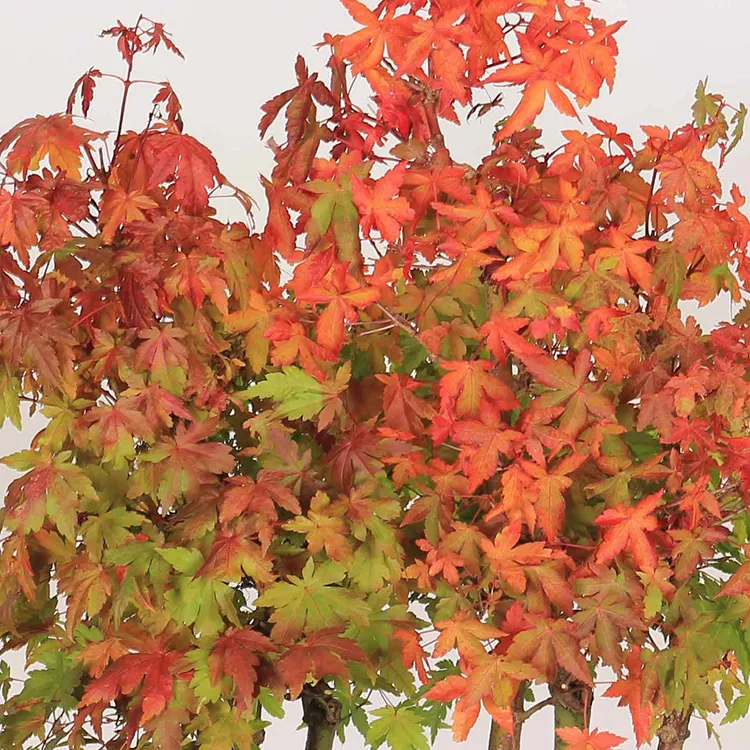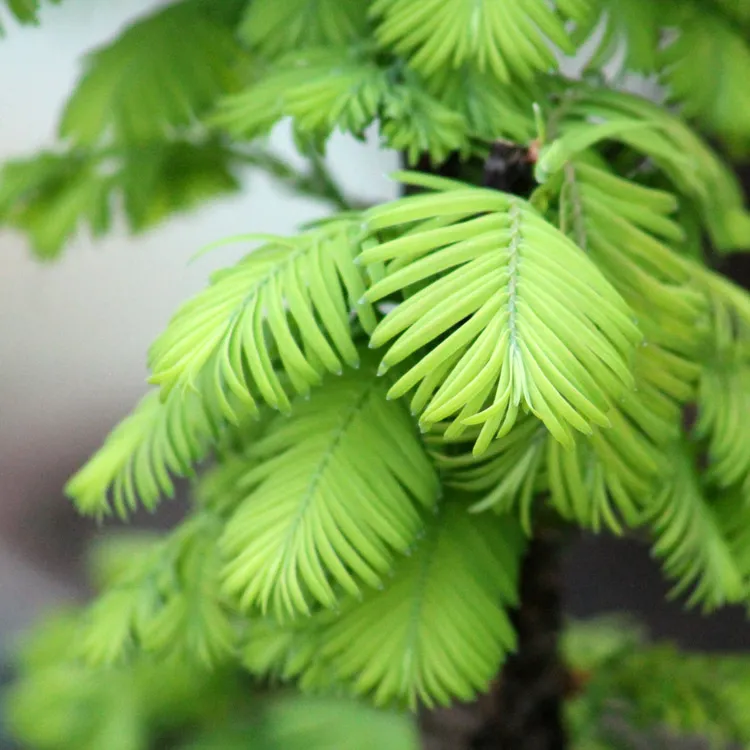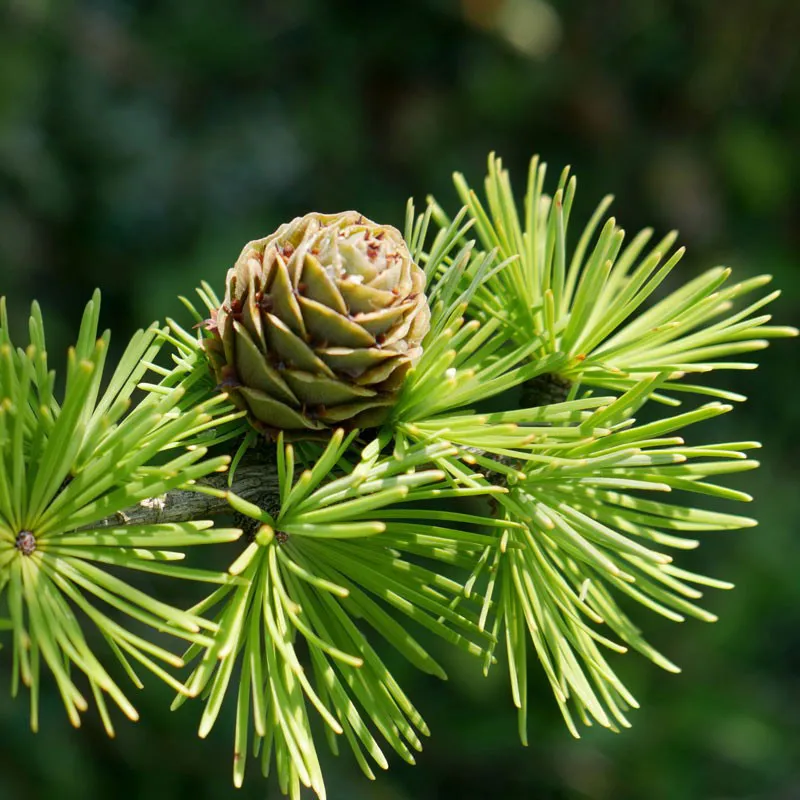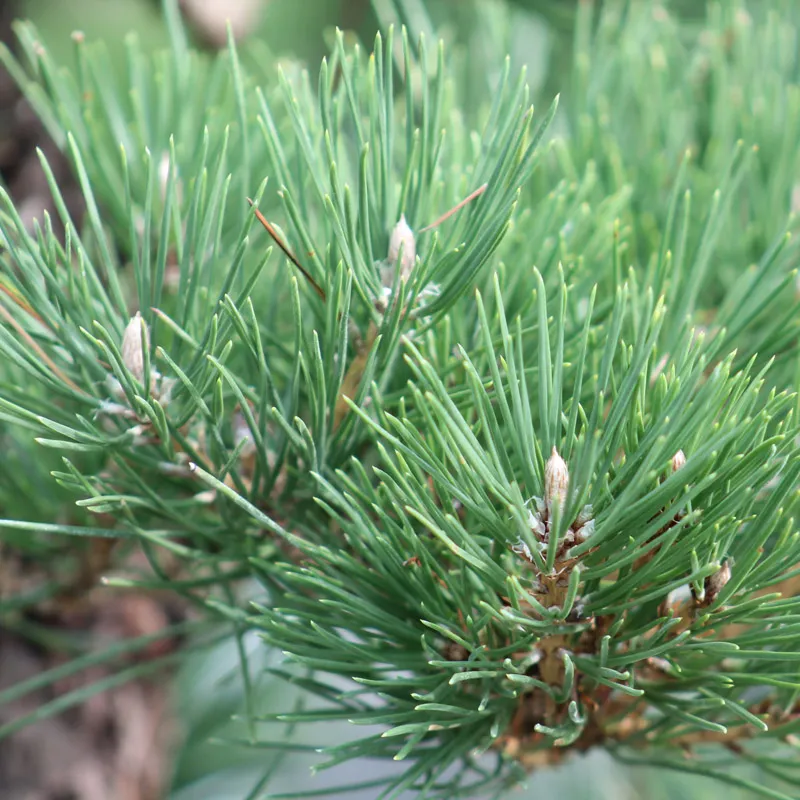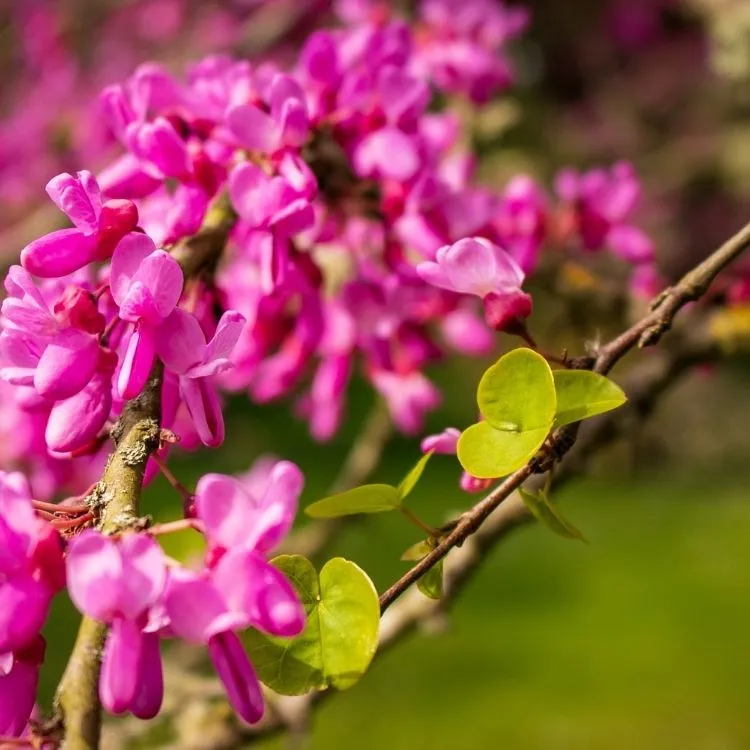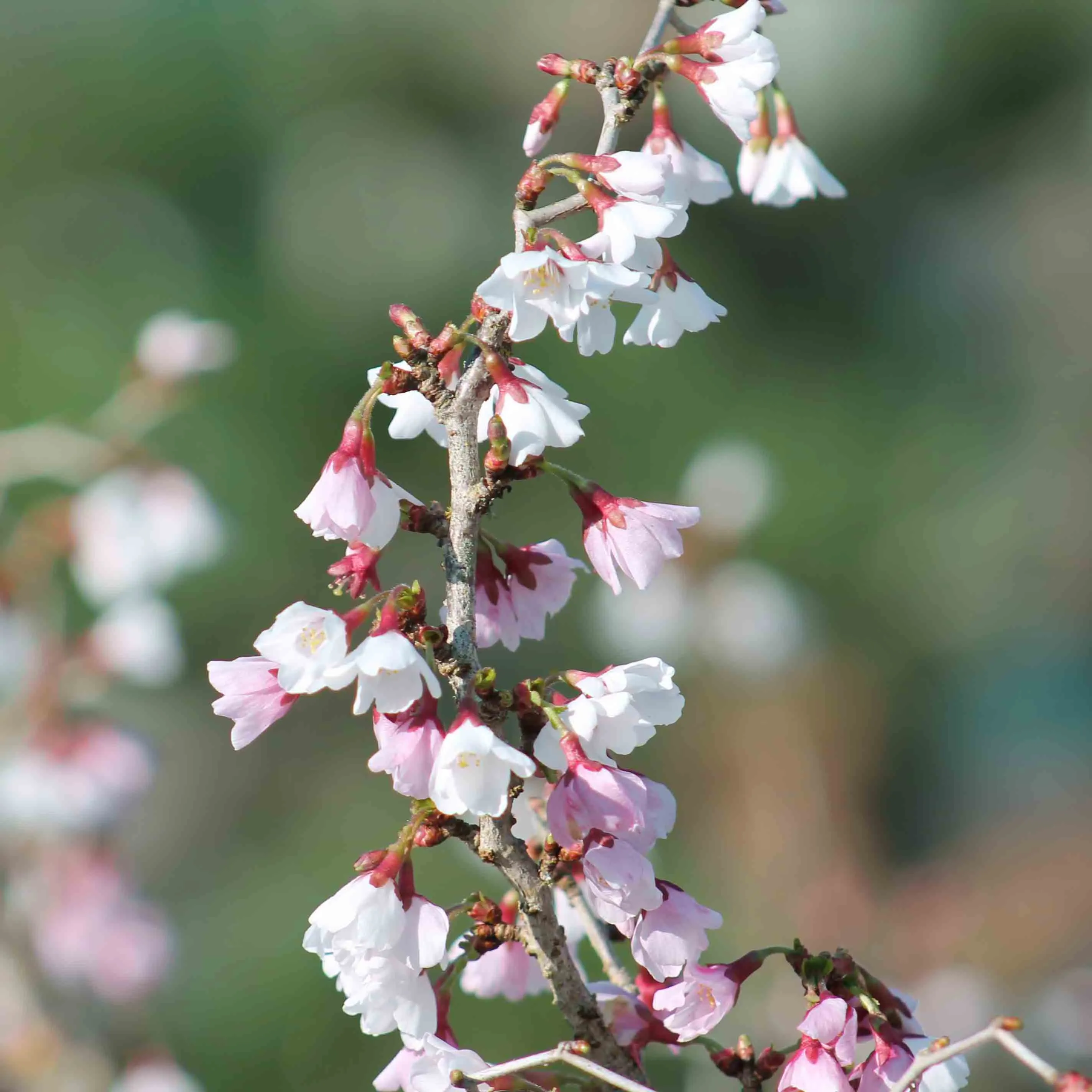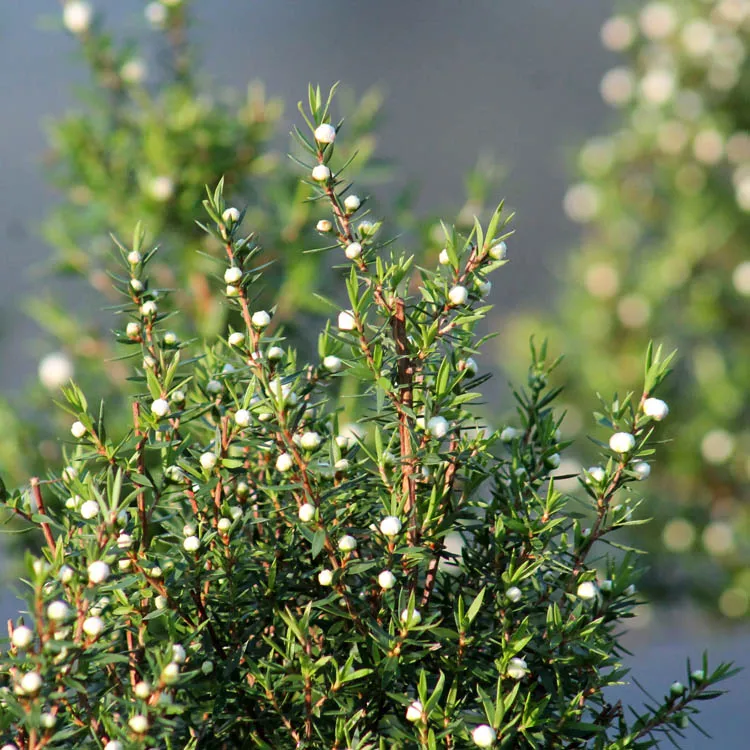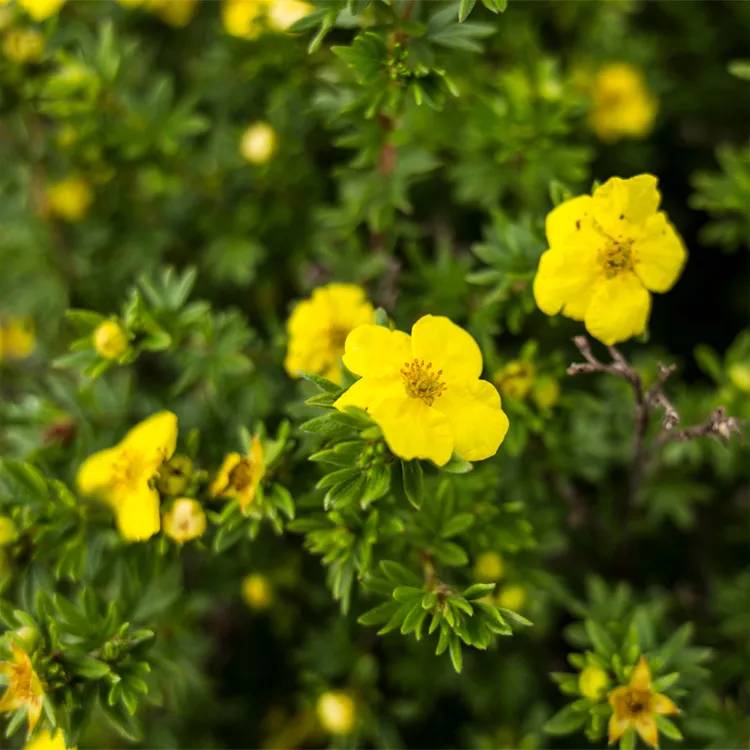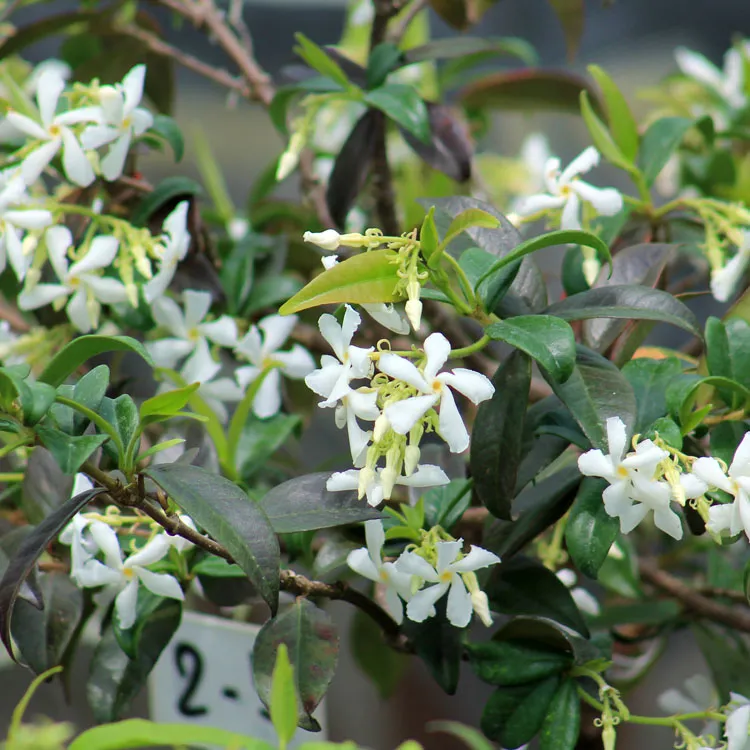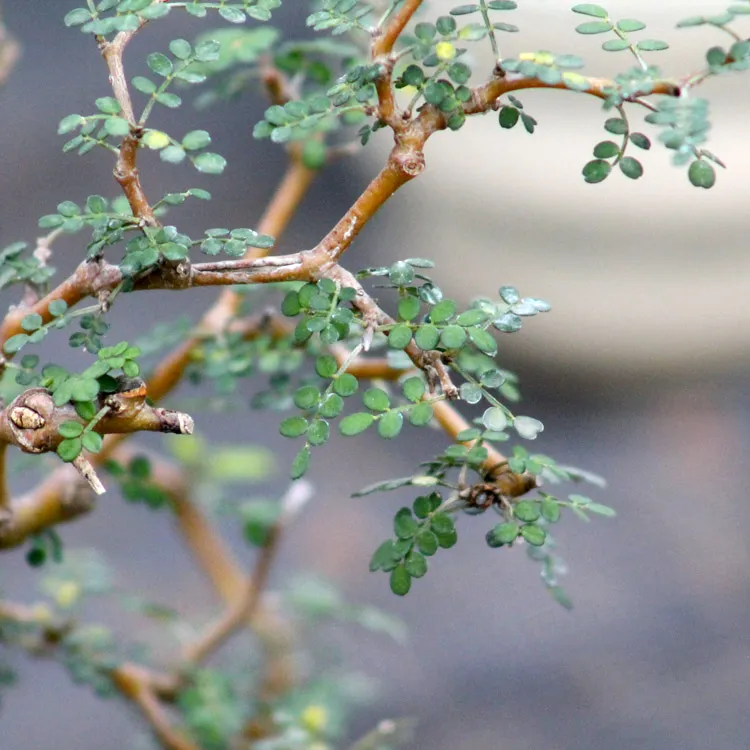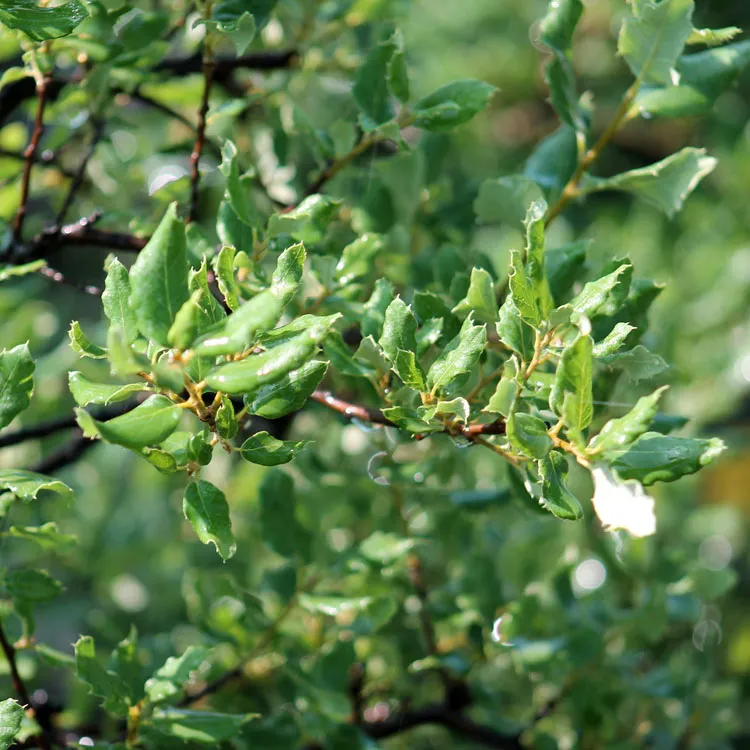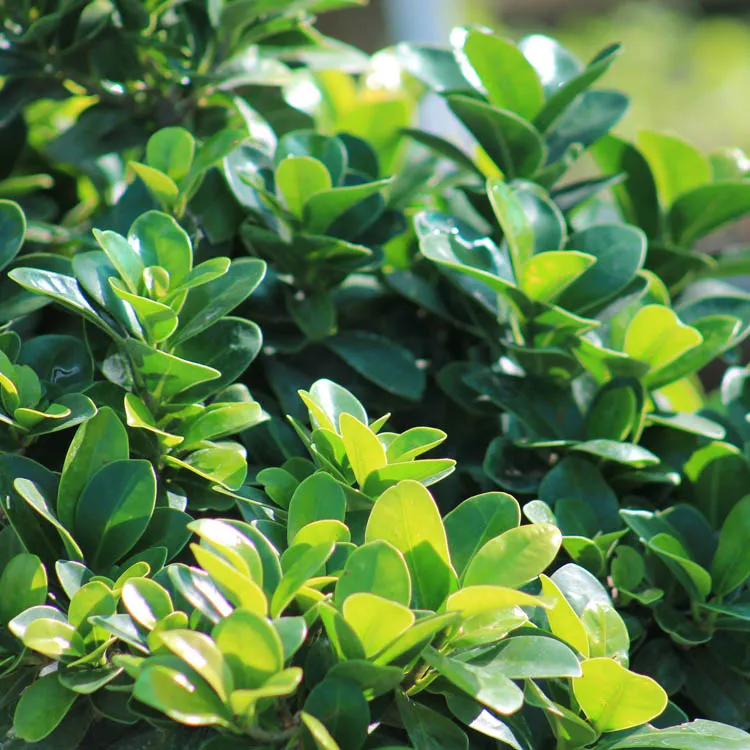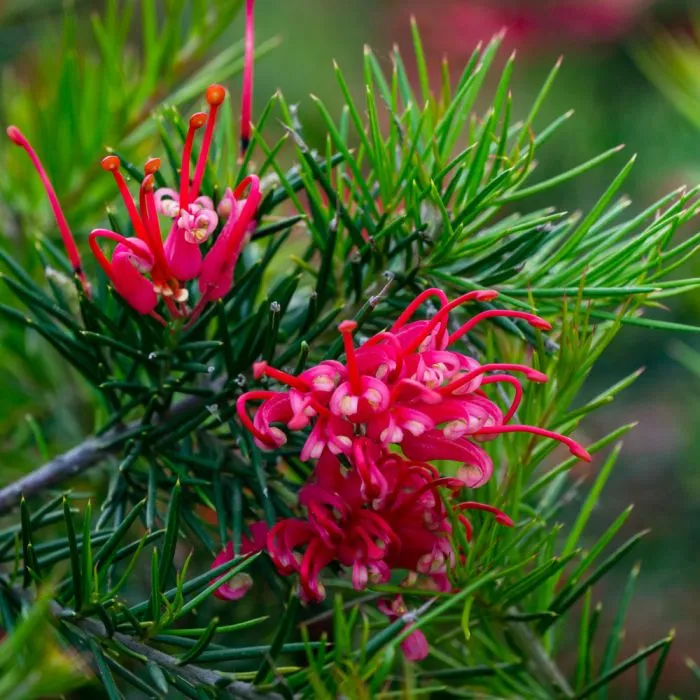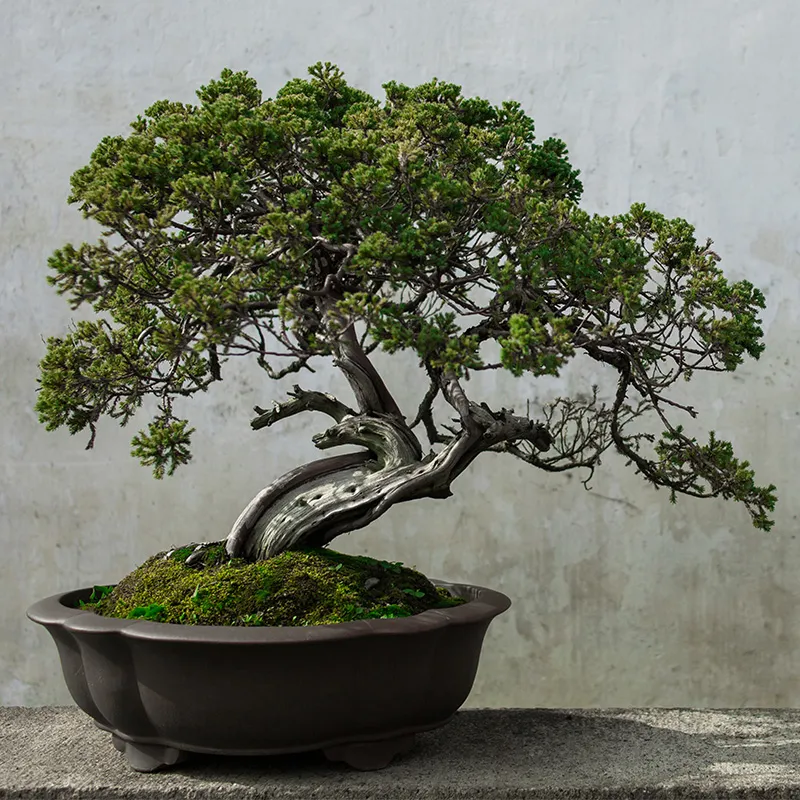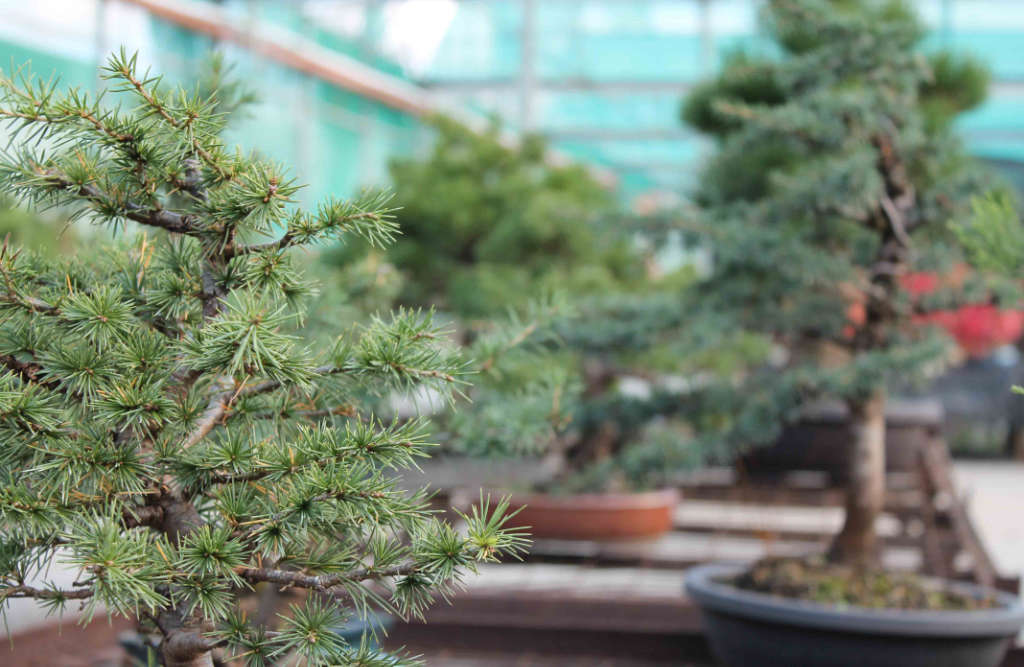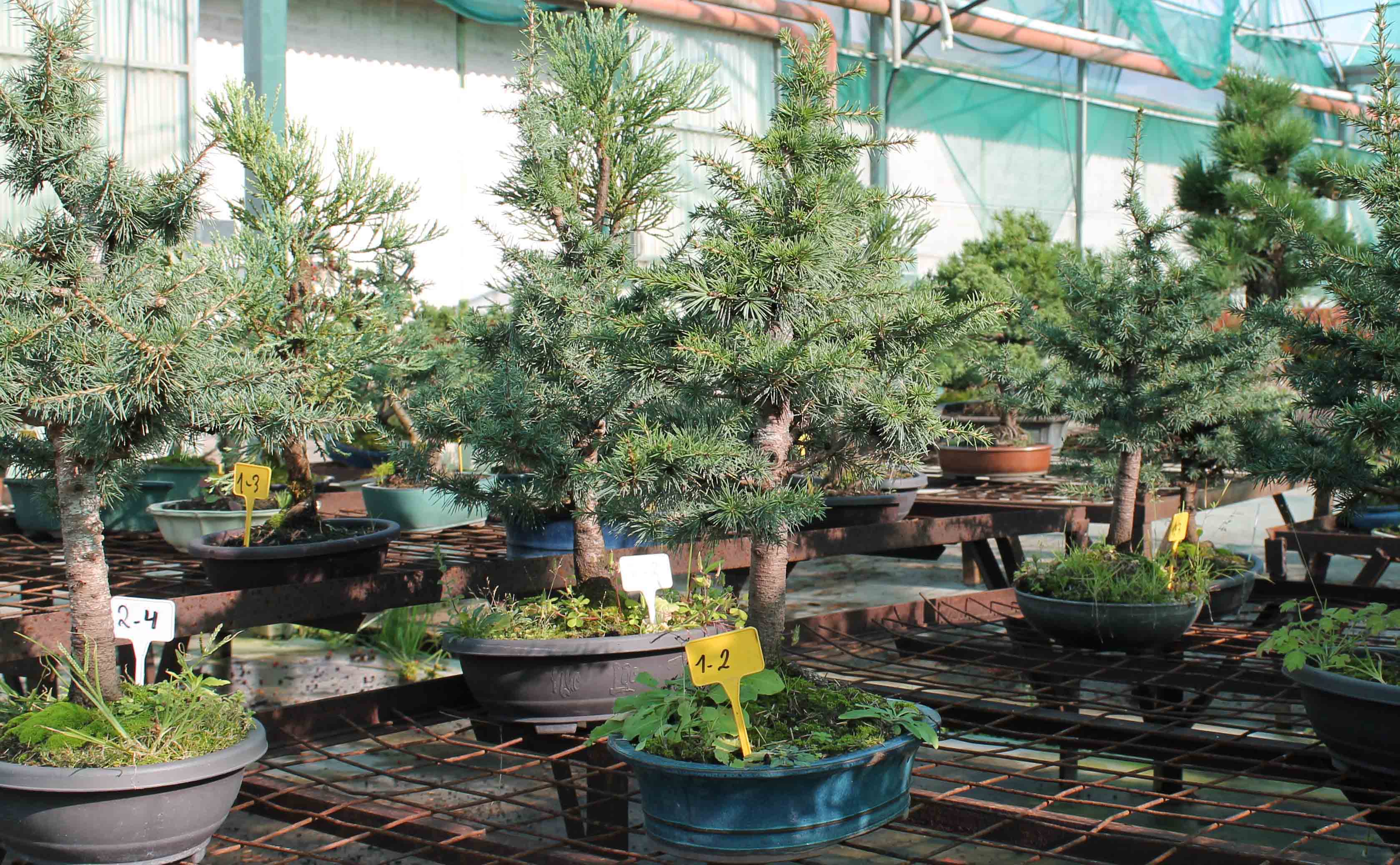Atlas cedar is not very common in bonsai, yet it is one of the most interesting species to train. Emblematic of mountain ranges, it is an elegant, imposing and majestic conifer that will be worked in an upright shape, alone or in groups.
A tree in the Pinaceae family
This large family of conifers includes pines, firs, spruces, larches and cedars. They are dominant trees in mountainous areas, and for some, they are also found in green plains. Their slender appearance is very characteristic, and what also makes cedar so attractive is its very fragrant wood.
The growth of cedar is quite slow, compared to other conifers. Its wood also remains quite soft, even on old branches, which makes it easy to shape.
In practice, it is in the formal straight style (CHOKKAN) that many cedars are formed. A perfectly straight trunk, with branches that fall slightly, giving the image that they bend under the weight of the snow. But this essence can also lend itself to all other styles.
The trunk of the youngest cedars is smooth and grey, but with age it becomes rougher and takes on a beautiful patina. It is also important to be aware that healing is very slow; If you are cutting a large branch, it is sometimes more interesting to work a part of it in dead wood (make a jin) rather than hoping to see the scar close.
The needles are pointed, much like pine trees, and grow in clumps.
How do you care for a Cedar bonsai?
Exhibition
It is a tree that loves the sun, and tolerates heat well. Resistant and robust, it is not afraid of frost, except really when temperatures remain very negative for several days. The root ball is then completely taken over by the ice, the tree can no longer draw the water necessary for its survival, even if it is idle during the winter period.
Cedar is truly an outdoor bonsai, which can generally stay outside year-round. It even needs to smell the winter frost, by overprotecting it, you will weaken it. But unlike larches, it is a tree that adapts quite well to cultivation in the plains, even in a Mediterranean climate.
Watering
He likes water, but not excess. So water it regularly but let the root ball dry out slightly before resuming your watering can.
If you notice that the tips of the needles are turning yellow, there is too much water. This can happen at the end of a particularly wet winter, if your substrate is not draining enough. At the first signs, place the bonsai in a dry place for a few days under cover, so that the excess water drains naturally from the pot.
On the other hand, during the summer, you can water every day, especially if it is in full sun.
Thus, as with most conifers in bonsai, it is abundant watering from the first heat, then moderate (or not at all) from late autumn to early spring.
Repotting
It is a slow-growing bonsai, on the youngest you will repot every 2 or 3 years in order to work the root system. When it begins to mature, cedar can spend 5 years or more in the same pot. Only repot when it is full of roots and water is struggling to penetrate the substrate.
Cedar does not like drastic root pruning. Avoid plunging into the heart of the root ball, even if it seems compact and clayey. Just untangle the roots that are on the lathe by cutting off the longer ones.
If repotting is too drastic, the cedar will be weak for months. So be careful!
Use a draining substrate based on pumice or kiryu to which you will add a portion of organic matter (peat, horse manure, composted bark) in order to retain moisture in summer.
Fertilization
Even though cedar doesn't need fertilizer to live, giving it regularly will give it more vigor, and you'll get greener, more pungent needles.
We use organic fertilizer and chemical fertilizer together for the supply of minerals and trace elements. Fertilization should be balanced, as the more nitrogen it is, the longer and more vigorous the shoots will be.
Fertilize regularly; The difference between a tree in training and a mature bonsai is the amount of fertilizer that is applied, not the frequency. Also remember that fertilizer is only properly assimilated if the water supply is sufficient; The more you fertilize, the more you need to water.
How do you prune a cedar tree into bonsai?
From spring to autumn, new twigs will develop, bearing a series of clusters of needles. Finally, cedar is pruned a bit like a deciduous tree; Once you have 5-7 "pom-poms " of needles, you can trim back.
It is important to always leave needles on a branch. Like on a bonsai pine, if there are no more needles, and therefore no more buds, the branch will die and dry out.
Structure pruning is usually done in winter. You can remove large branches but avoid pruning too much vegetation at the same time. On a raw tree that you want to form into a bonsai, it is best to remove unnecessary branches over several years.
Ligation & Shaping
It is possible to lay yarn throughout the year, but winter is still the best time to do so. When the wood is young, the bark that is still thin tends to crack when the branches are bent. If you do this in the middle of summer, there is a good chance that the branch will die.
While cedar has a fairly flexible wood, it can also take years for the branches to maintain their position (especially the larger ones). Most of the time, it will be necessary to tie several times in a row and leave tie rods (guy wires) to maintain the desired angle.


 Production of French Bonsai
Production of French Bonsai


